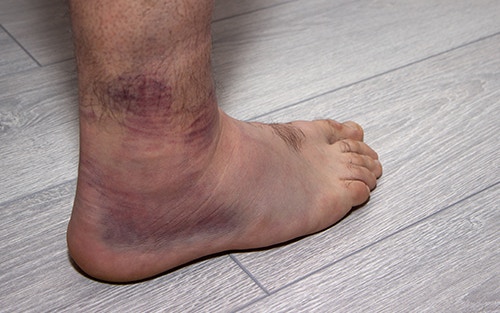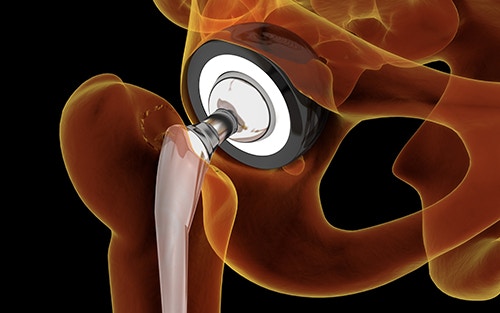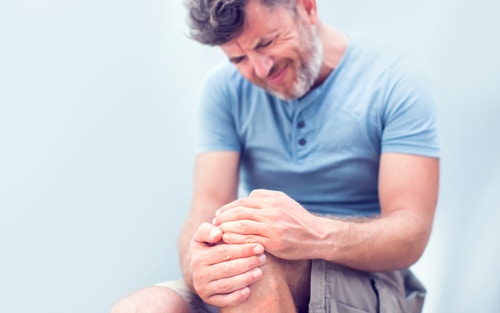Cankles – What They Can Mean
Avoid developing a life-threatening condition when your ankles and lower legs swell up. Edema in your lower legs and ankles may indicate a series of potential health risks. yourfootpalace.com gathered the following information about what causes your lower legs and ankles to swell, which treatments may work best, and when to seek medical help. What … Read More


